Western Michigan University – Dunbar Hall Renovation and Addition
HGA and TowerPinkster transformed Western Michigan University’s Dunbar Hall with a flexible, user-centered design, blending a renovated building with a modern addition that promotes accessibility, diversity, and inclusion in a vibrant learning environment.
A transformative renovation and addition to Western Michigan University’s (WMU) Dunbar Hall has created a vibrant hub designed with flexibility and change in mind. Dunbar Hall is home to many of the academic units that make up the College of Arts and Sciences and hosts space for the College of Fine Arts.
The 50-year-old building underwent a complete renovation, with a full overhaul of the building’s mechanical, electrical and plumbing systems. An addition to the 1970’s building takes its geometric cues from its Brutalist host. The addition consists of transparent, bird-friendly glazing, accessible entrances at each end of the building, and a new elevator and open stairs inviting exploration of the various programs, services, and student-centric shared learning spaces. In the spaces between the floors and open stairs are pockets for collaboration and informal learning, all with views of the southern tree line and newly developing south campus, Hilltop Village. The addition inverted the existing double-loaded corridor and provides entry points for key programmatic elements accessed from the light-filled addition.
A collaborative design process, led by HGA, with students, faculty and staff envisioned new possibilities, leading to reimagined classrooms, workspaces and pedagogical models, and promoting accessibility, diversity and inclusion throughout. Feedback was collected through several rounds of engagement, such as town halls, to ensure students’ concerns, requests and overall input were included. In addition to the feedback loops and town halls, HGA met with WMU’s Disability Services for Students to hear their ideas and interests. Input from all sessions was incorporated into the building, such as the use of different colors on each floor and wayfinding that aids those with low vision in quickly understanding where they are. Large numbers were printed on the walls, making points of entry clear and accessible. A visible and grounding elevator tower, with superscaled floor level graphics orient building users from various entry points.
As the lead design and planning architect, HGA prioritized user needs through reconfigured classrooms with team-based learning layouts and a mix of large lecture spaces, smaller group study areas, and dedicated spaces for asynchronous learning; providing flexible learning environments. Seamlessly integrated technology enhances the curriculum and fosters a dynamic learning experience. A dedicated Student Success Hub offers academic support services to empower students to thrive. A new addition geared towards bringing natural daylight into the building, connecting one end of campus to another, provides end users with an inviting, accessible space for a variety of learning modalities.
A cornerstone for WMU’s Arts & Sciences programs, Dunbar Hall was transformed through a renovation and a small but mighty addition. Reimagined classrooms, workspaces and pedagogical models promote accessibility, diversity and inclusion throughout.
Design: HGA and TowerPinkster
Design Architect: HGA
Programming/Planning: HGA
Architect of Record: TowerPinkster
MEP, Technology: TowerPinkster
Structural Engineering: TowerPinkster
Interiors: TowerPinkster
Landscape Design: TowerPinkster
Photography: Jason Keen

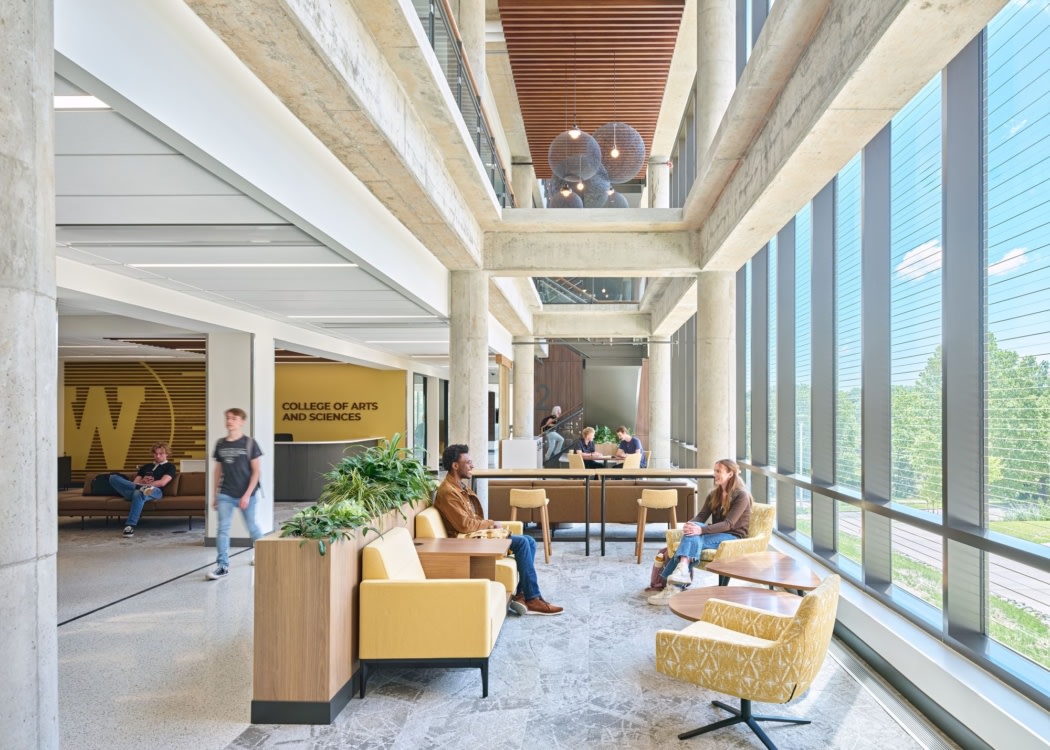

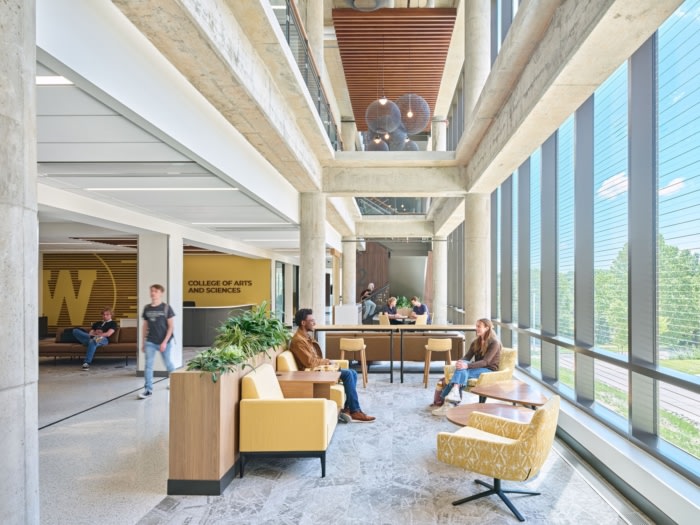
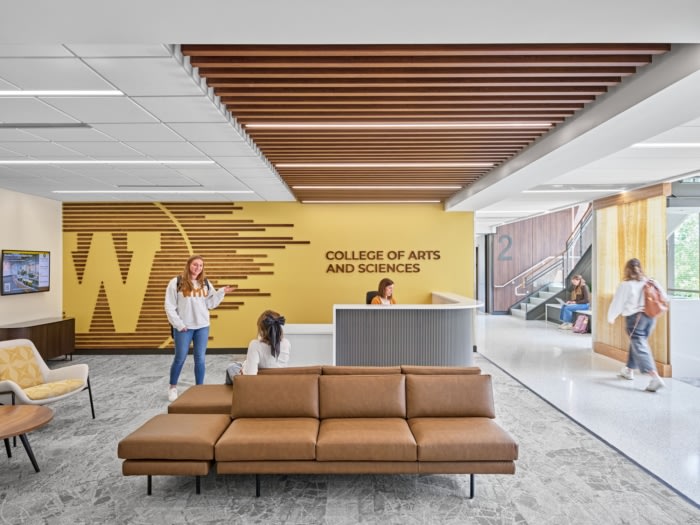



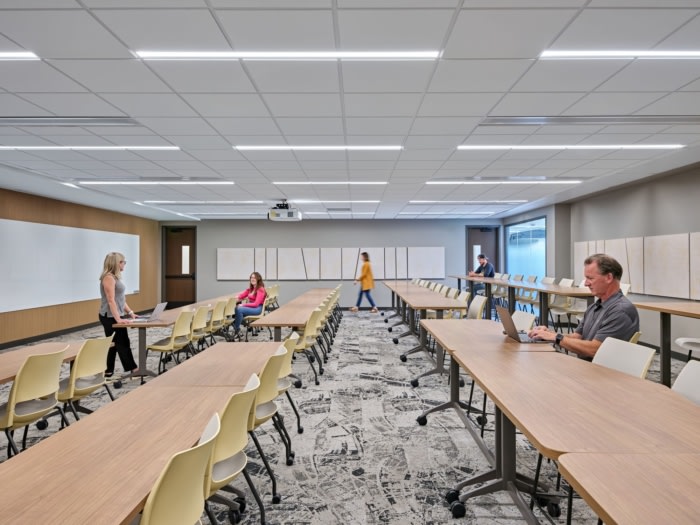
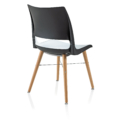




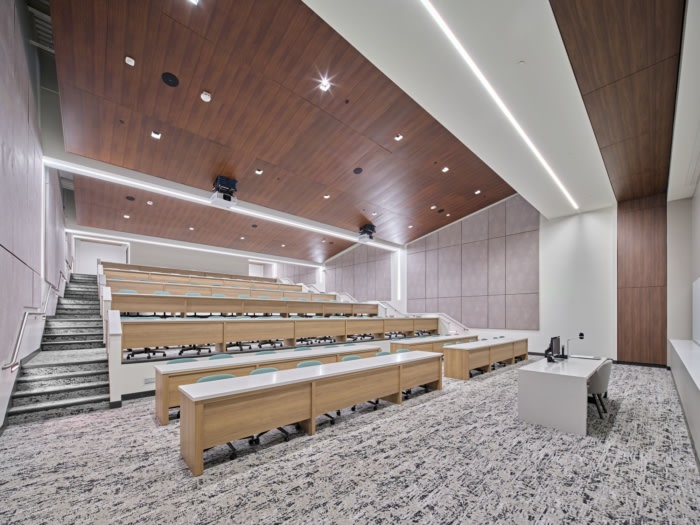
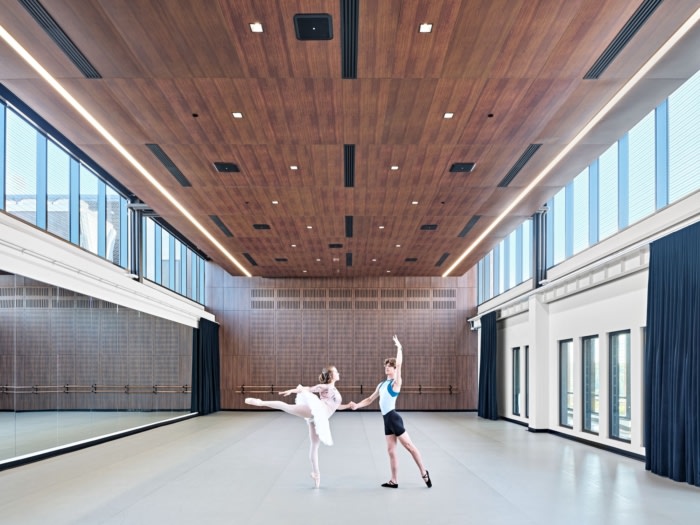
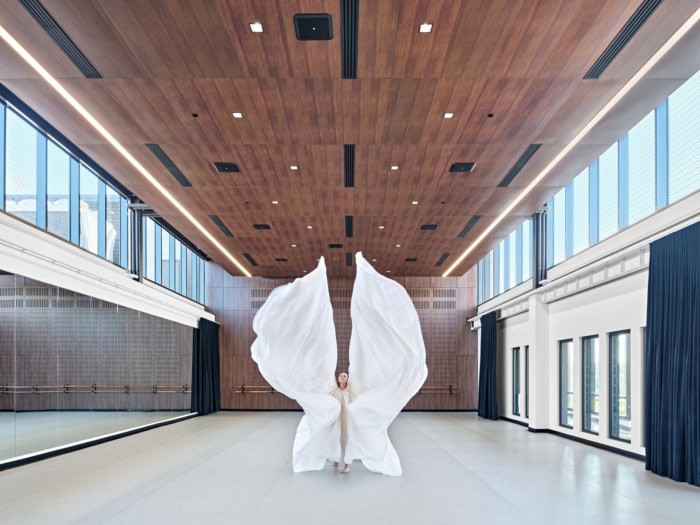


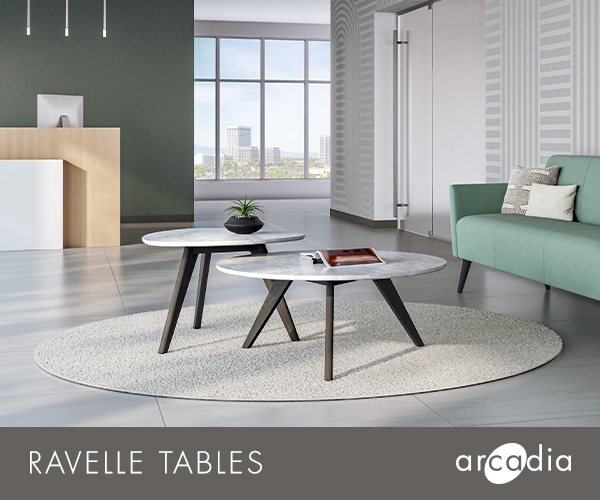
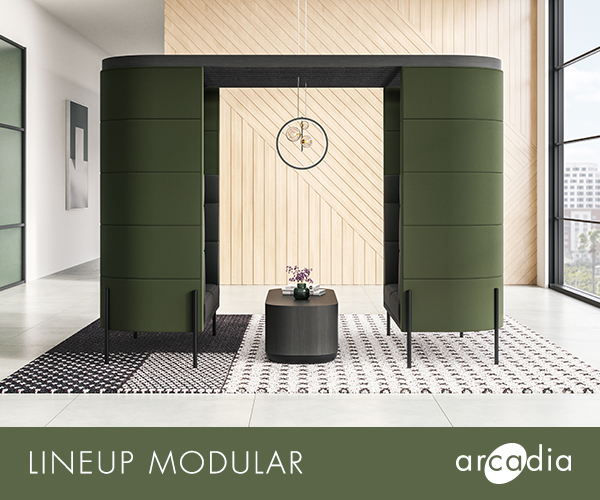
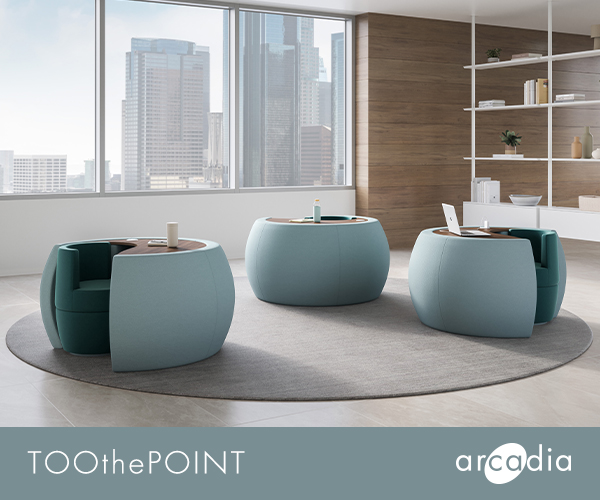




Now editing content for LinkedIn.